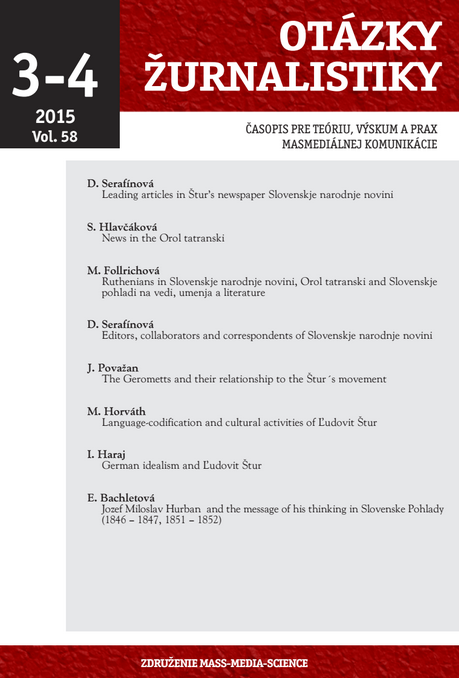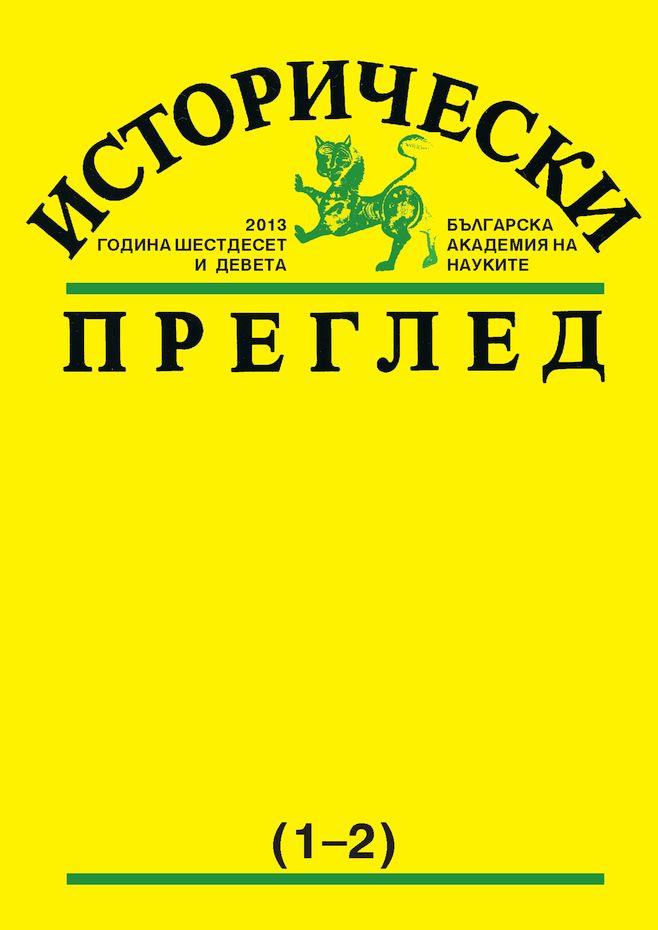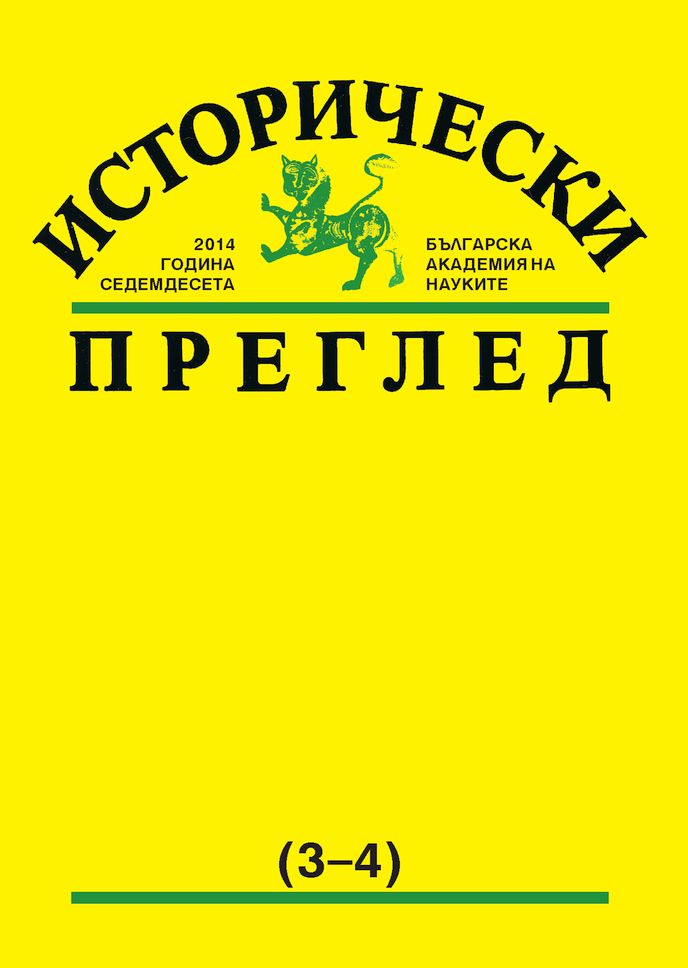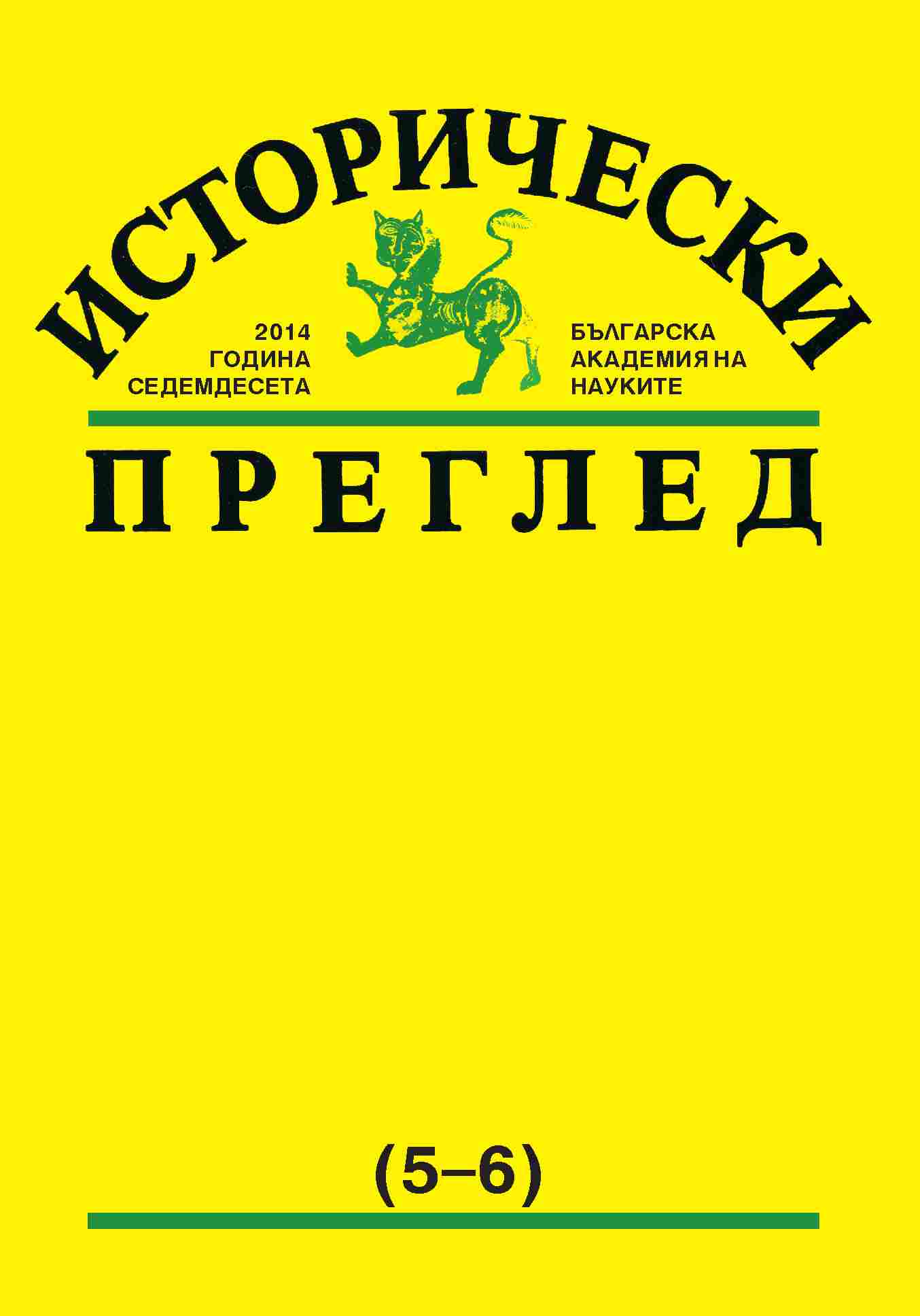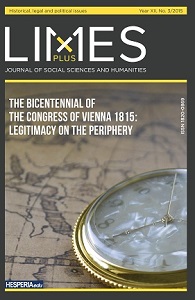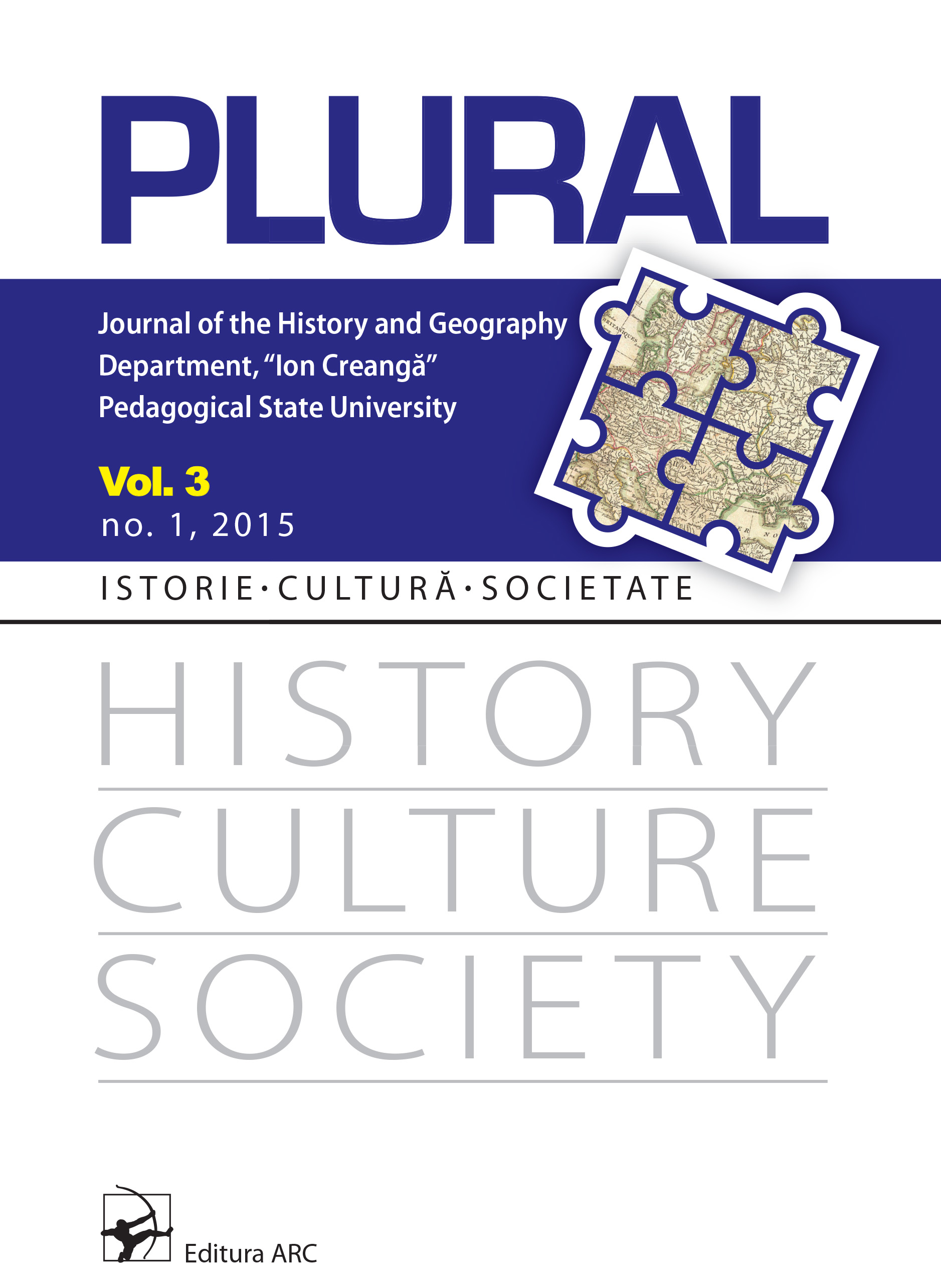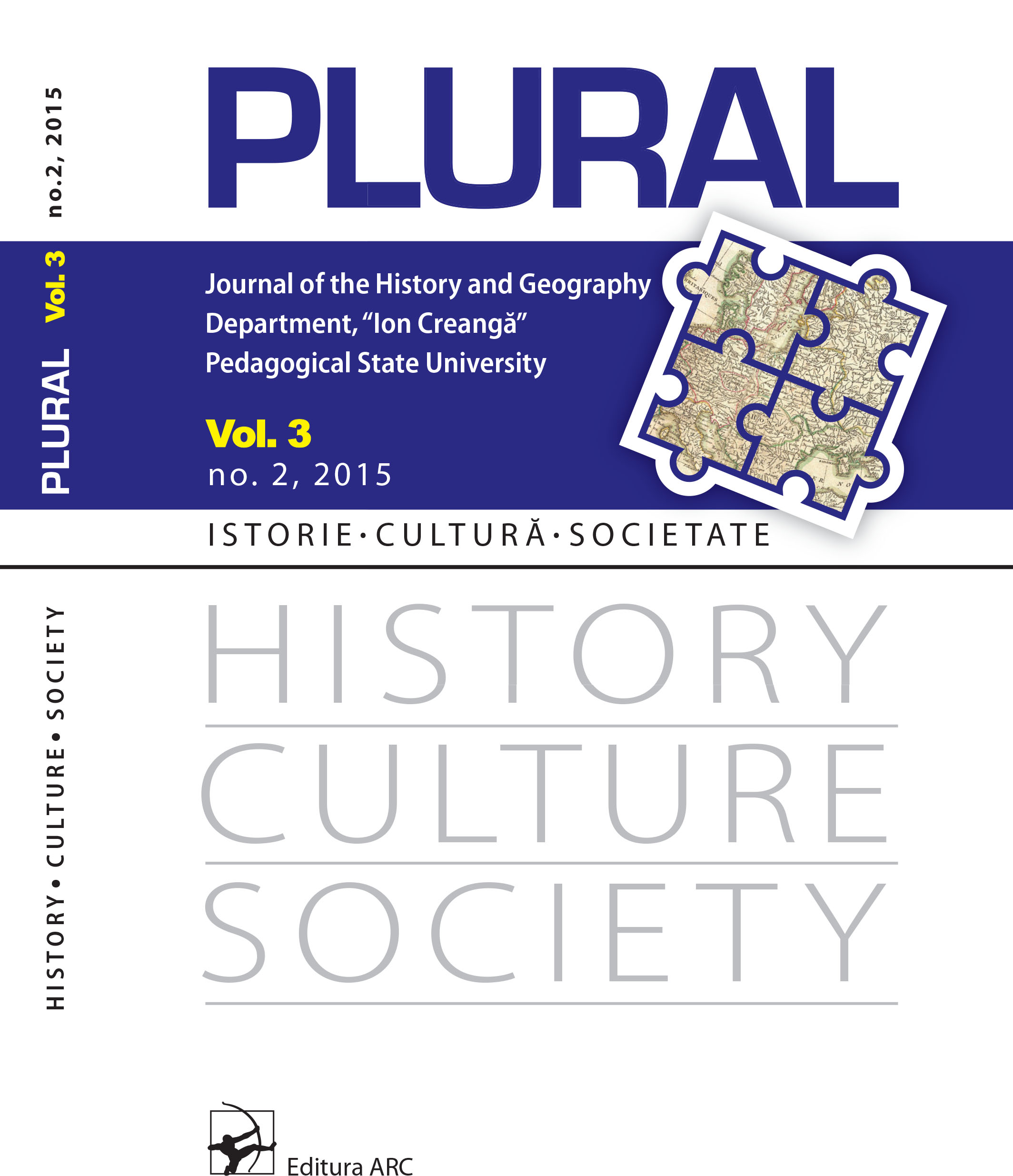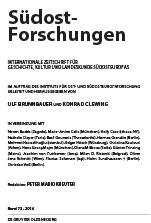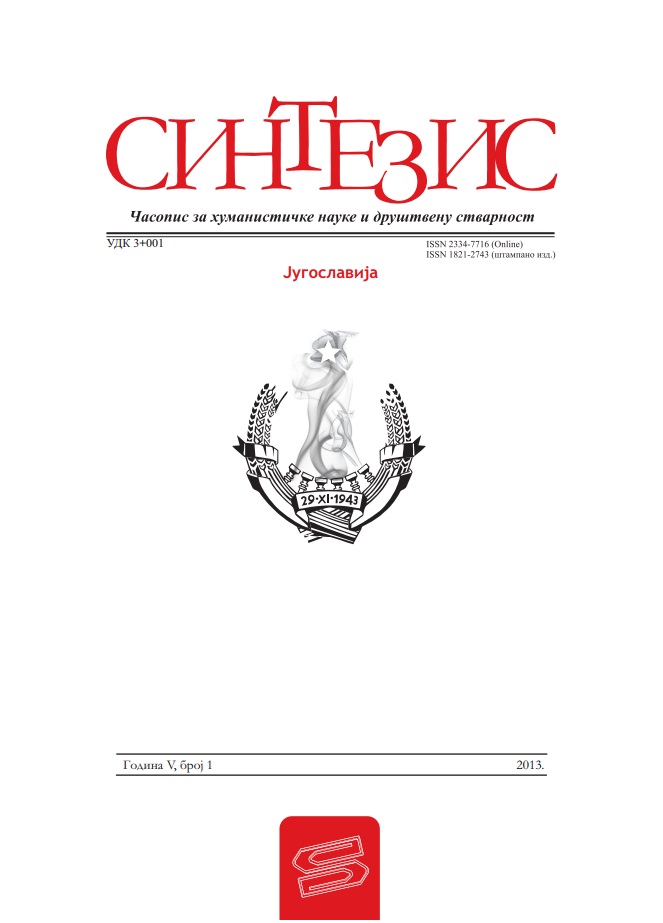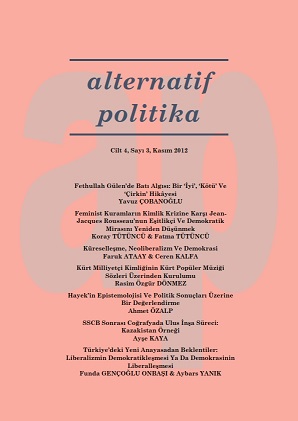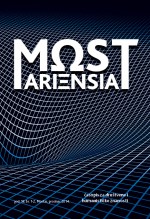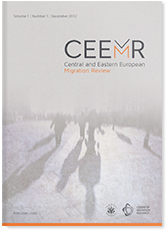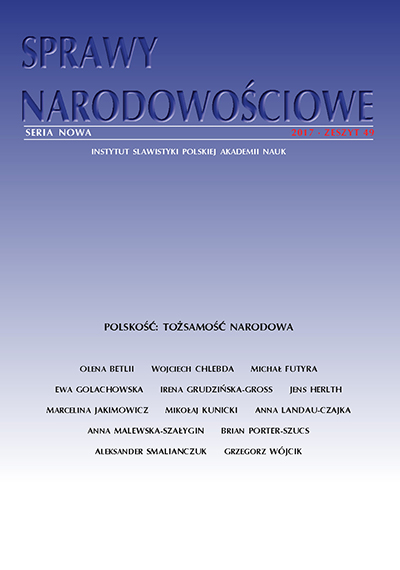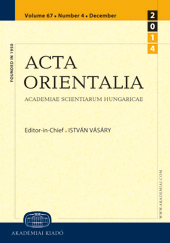Author(s): Oleksandr Kravchenko / Language(s): Ukrainian
Issue: 1/2013
The article highlights conceptual approaches to cultural and political strategies of Ukraine. In terms of all attributes Ukraine might possibly play a prominent role in international politics. However, as it turns out, this is a task of Ukrainian politics. Political as well as social and humanitarian sciences have been seeking for explanatory models regarding specific national processes in post-communist societies. Ukrainian realities in particular are determined by quite contradictory arguments appealing to the features of social structure ("peasant" nation) up to the lack of real statehood in the pre-modern past and up to the repressive policies of the Russian administration. Our task is to identify the methodological features of mainstreaming culture in Ukraine with a few recent decades in the context of major contemporary theoretical approaches in terms of post-Soviet transformation. Bryubeyker R. believes that in post-communist Europe, almost all of the new states are to some extent "nationalizing". He points that the titular nation and national minorities differently perceive the policy and it is unlikely that in the "nationalizing state" they will form one political entity, as the itular nation itself is fragmented and is in the process of nation-building. The concept R. Bryubeyker uses and is also exploited by A. Wilson, who is convinced that Ukraine intends to create a "multi-ethnic civil state," one official language, one of the titular nation and the Ukrainian national historiography. T. Kuzyo suggests using the definitions "the civil state" and "the nationalizing ethnic state". Thus, unlike R. Bryubeykera, T. Kuzyo considers all the states in post-communist Europe as a civil, except for two things: Yugoslavia (meaning the governing of S. Milosevic) and Belarus. The researcher believes that the traditional division of Europe, adopted in the literature on nationalism requires immediate revision to reflect changes in the post-communist European countries. The first step in this process is the recognition that many of the strategies "nation-building" in the East, has taken place in the history of the West. The second step – accepting the fact that all the civil states both in the East and in the West, comprise ethno-cultural elements. Proportional balance between the civil and the ethnic modern states is based only on the progress in democratization and the creation of civil society and is much less dependent on geographical location in Europe. T. Kuzyo clarifies that he considers the civil state, consisting of ethnic and cultural elements. One of the most common options for updating the Ukrainian political culture over the past twenty years, in our opinion, can be considered a project "neoconservative" cultural policy, or "the concept of national culture as a spiritual whole", presented in the discourse, which originates from the work program by Ivan Dziuba "Do we understand the national culture as a whole?" Thus, the set of characteristics of the conceptual discourse of modernization of cultural policy is rather controversial and is influenced by a variety of theories and ideas that do not always conform to one another. When formulating certain strategic goals of cultural policy authors hold a similar position: talking about approaching social and cultural standards of democratic European countries, the specification of the trajectory of the different degrees of realism. The presence of several conceptual projects is not something extraordinary, because it may indicate the need in such cases for pluralism. However, methodological differences in understanding that it is the subject and object of cultural policy, different degree of professionalism and responsibility of compilers, a measure of political engagement, demonstrate the apparent lack of the necessary in professional communication. That is the conceptual modeling of cultural policy is the reason for the corporate identity specialists or declaration of political intent but the government apparently does not include the further implementation of the projects themselves.
More...
